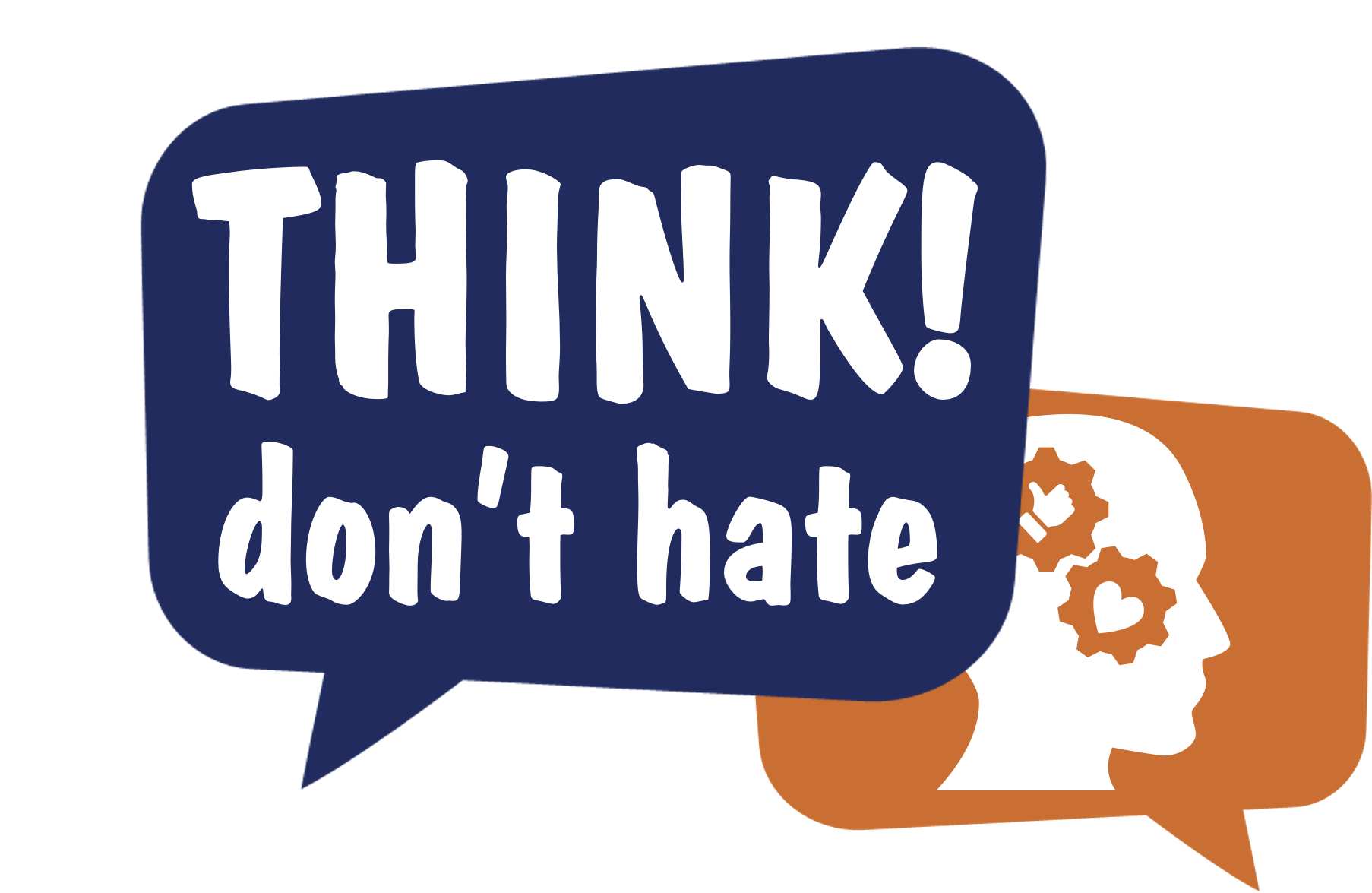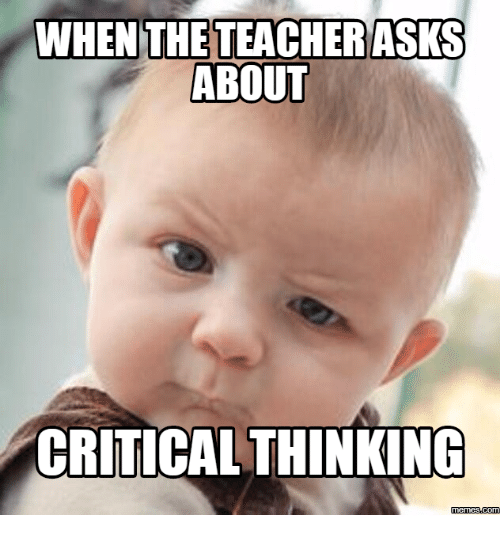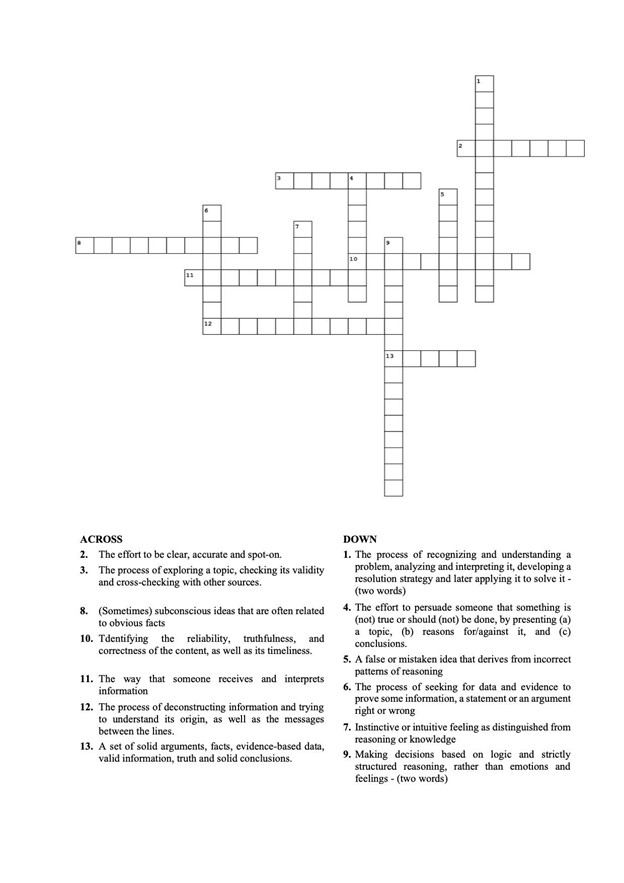
CHAPTER 3
A. A quick glance at critical thinking
There is sooooo much fuss about it but are we really sure we deeply understand what critical thinking really means? In fact, using our brain, our experiences, our knowledge, our emotions while receiving some sort of content (including hateful comments), especially when this interaction is happening online with the countless information that we encounter on a daily basis, is the key element to counter hate speech and make better decisions for ourselves and others. In other words, critical thinking is the starting point of recognizing hate speech and realizing its extent when it is actually occuring. We need to know our enemy before fighting back, true?
Nevertheless, the main question remains open: what are the most important elements of critical thinking and what do they really mean? Do you dare to accept the challenge? Let’s play!


Well??? How did it go? If your score is not…satisfying, don’t worry! We will go through the process step by step. To start with, critical thinking as defined by Oxford Dictionary is “the process of analysing information in order to make a logical decision about the extent to which you believe something to be true or false”, while the Merriam-Webster dictionary describes it as “the mental process of actively and skillfully conceptualizing, applying, analyzing, synthesizing, and evaluating information to reach an answer or conclusion”, which we would say seems closer to the real composition of critical thinking as a process that requires a combination of numerous elements and is too complex in its own simplicity! Follow the 4 steps of critical thinking in your decision making process of your everyday life:
Identify the problem as clear as possible
Generate criteria
Find a solution and compare it to possible alternatives
Apply the selected solution and evaluate its efficiency/effectiveness
Tip: To learn more about the Circle of Critical Thinking visit our Think! Do not Hate! – Preventizers Guide!
And this does not only refer to the way we can prevent hate speech, but also to recognize, deconstruct and transform hateful narratives through counter and alternative narratives. Let’s see how it’s done!